Subsea applications pose special challenges for reliable LVDT operation. Due to the presence of chemically hostile seawater that attacks common metals, linear position sensors constructed of stainless steel can become corroded and pitted. Temperature, salt level and microorganisms in seawater also can accelerate corrosion rates, leading to premature sensor failure.
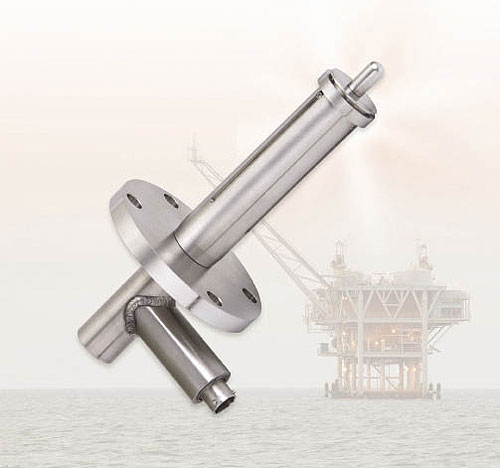
To survive subsea environments, these position sensors must be housed in special alloys that support long-term operation in different elements. As a housing and core made from stainless steel will not survive well in many underwater applications, the LVDT casing must be composed of an alloy that provides chemical resistance to seawater and other corrosive acids to provide long-term reliable operations for years.
Typically, either Inconel or Monel is used, depending upon ocean temperature and depth levels. In shallow warm waters, Monel is well suited as its metal composition resists sea life forming on it. In subsea applications with depths of 7500 ft. and external pressures surpassing 3500 psi, Inconel offers excellent protection against corrosion due to higher content of nickel, chromium and molybdeumn. These superalloys enhance the reliability of the LVDT assembly, ensuring that it can meet extended service life requirements, even if the device is fully exposed to seawater.
As subsea LVDTs provide the same reliable performance as standard units but with more chemical resistance to seawater, they are replacing less reliable linear position technologies such as load cells, pots and magnetorestrictive sensors for position measurement in underwater applications. Depending upon the temperature, salinity, oxygen levels and depths of applications, the LVDT, with its hermetic seal and non-contacting operation, is often the only technology that can deliver accurate and reliable performance in subsea conditions.
Macro Sensors
www.macrosensors.com
Filed Under: SENSORS

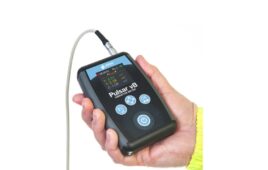
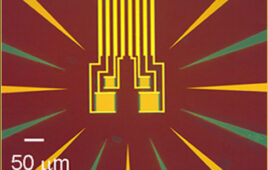
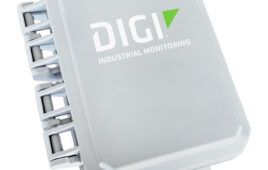
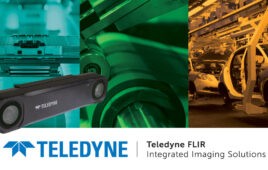
Tell Us What You Think!